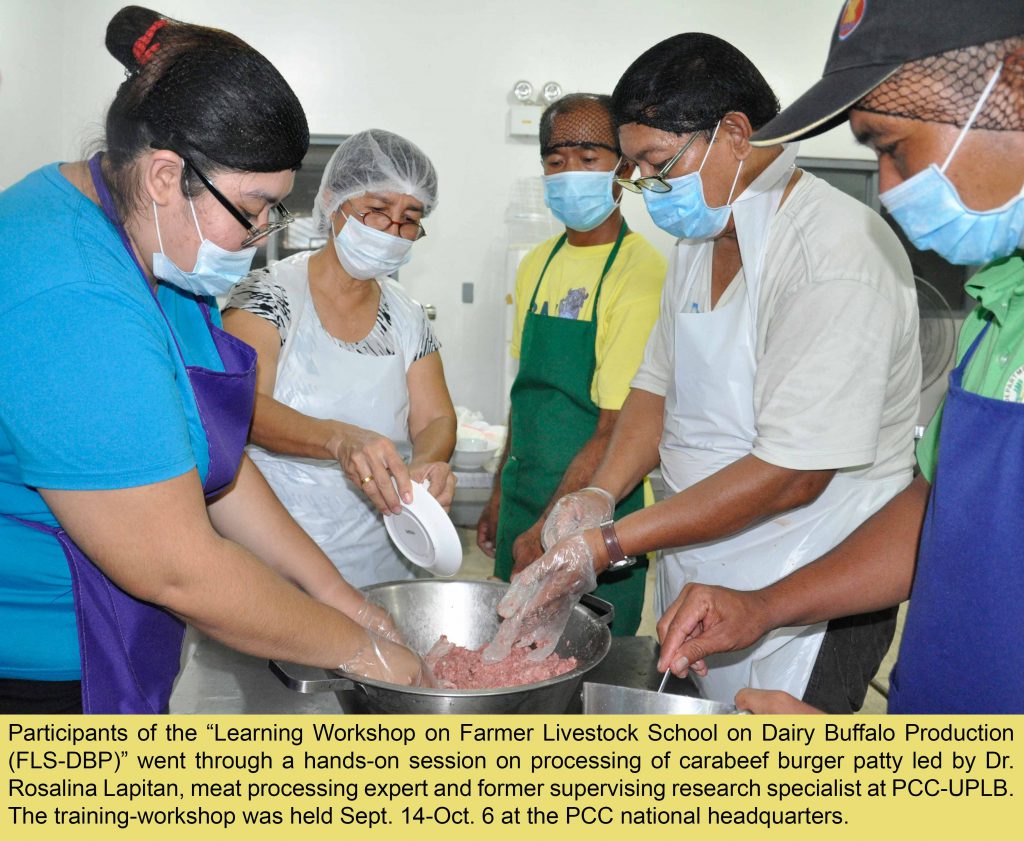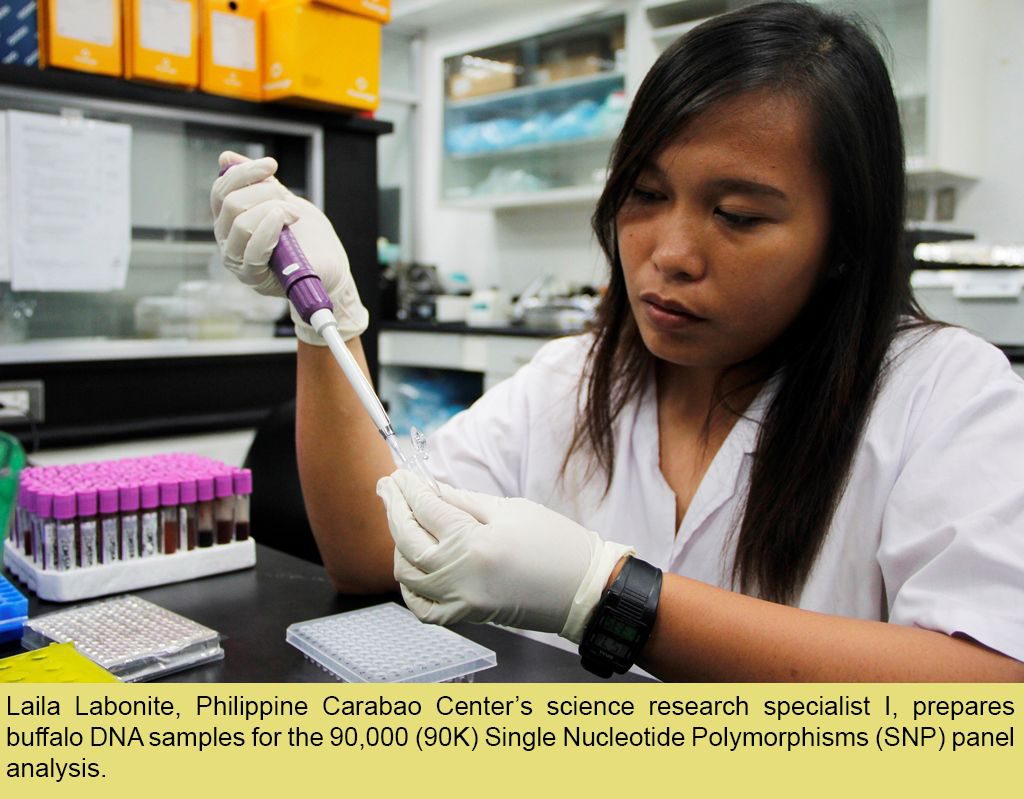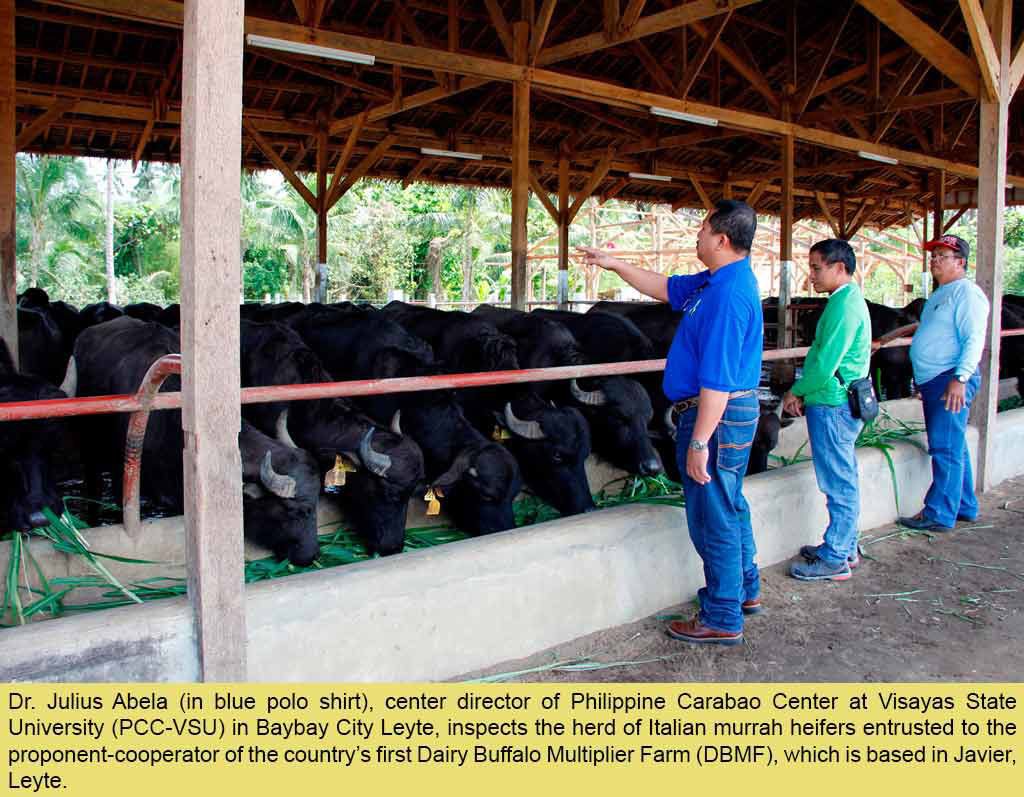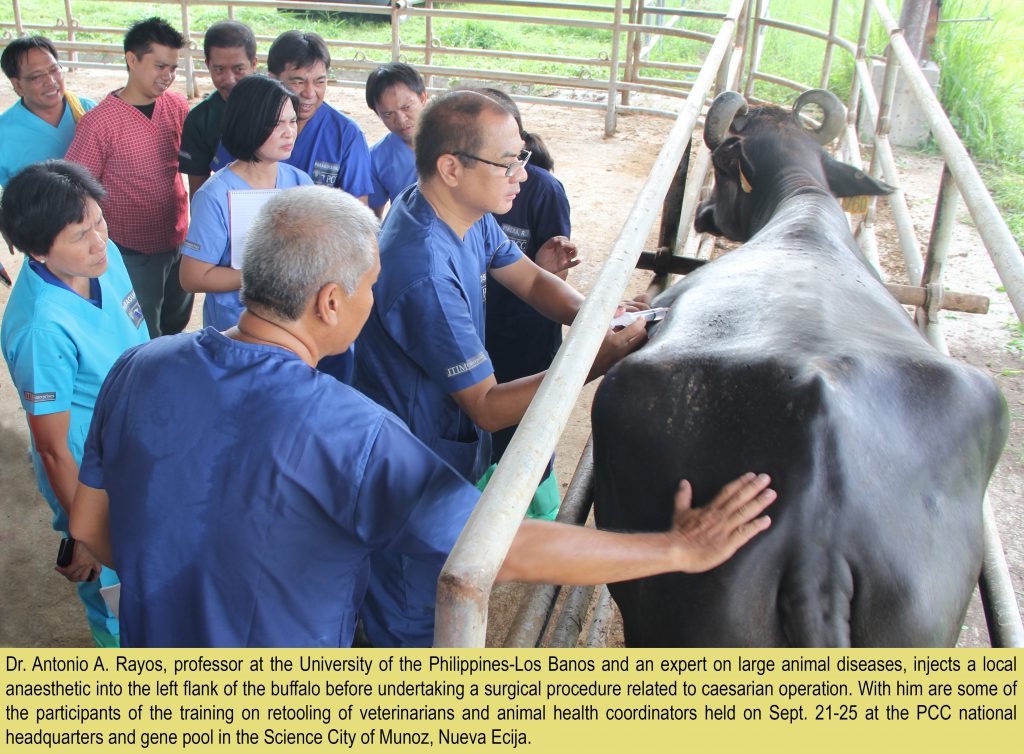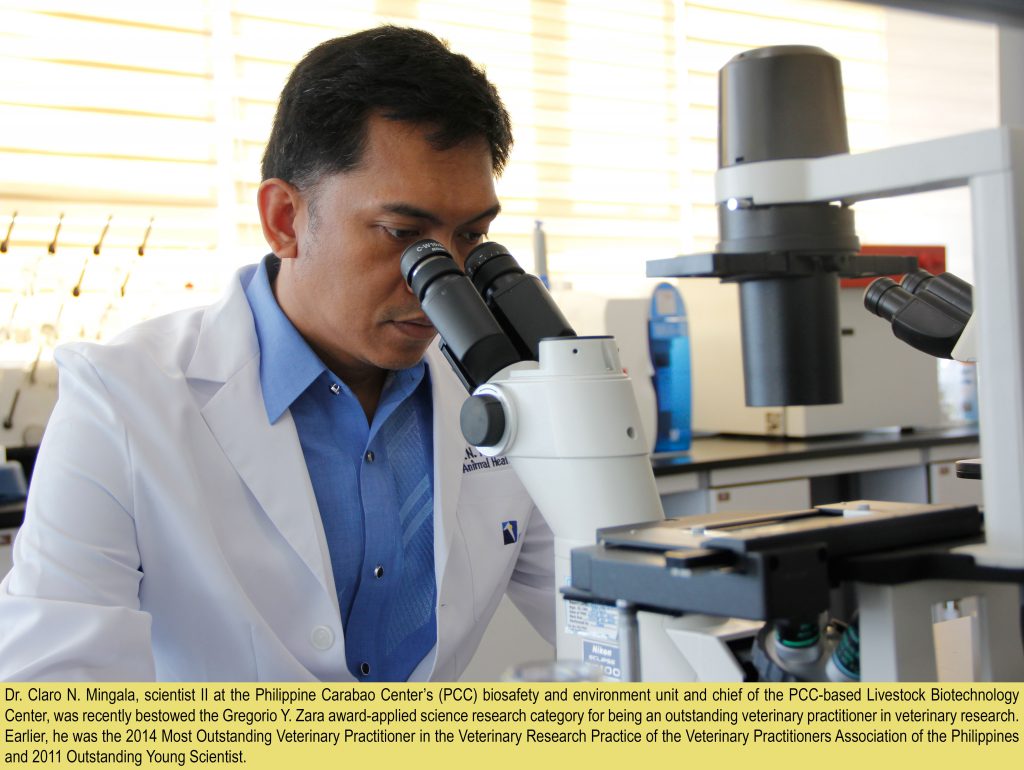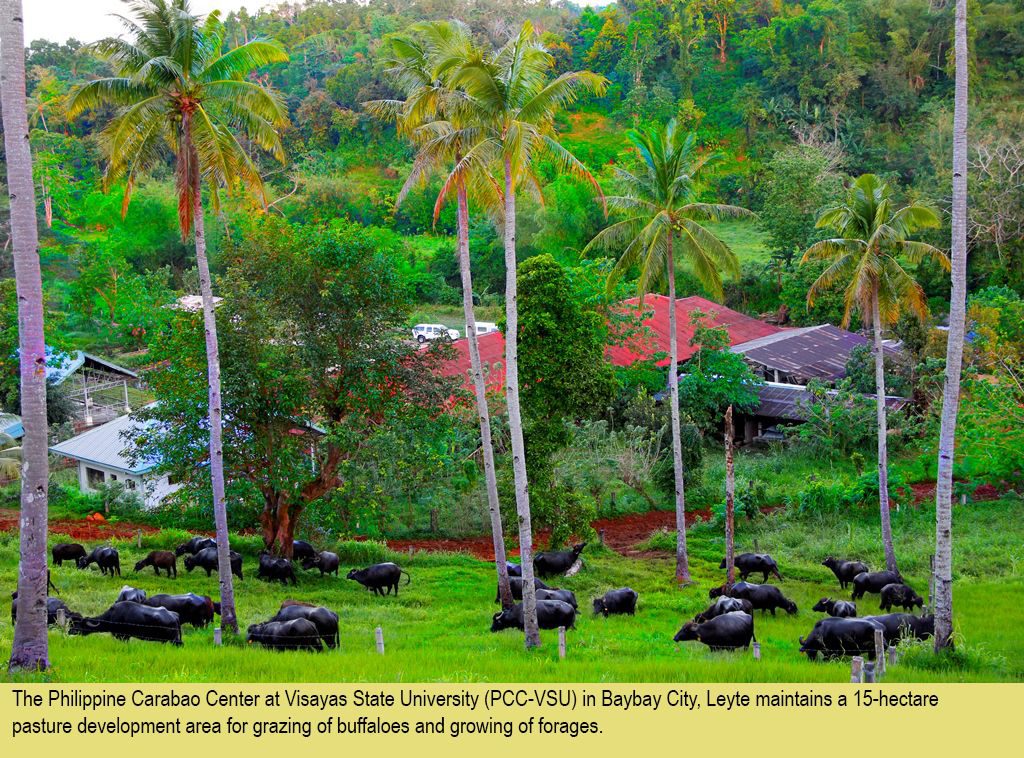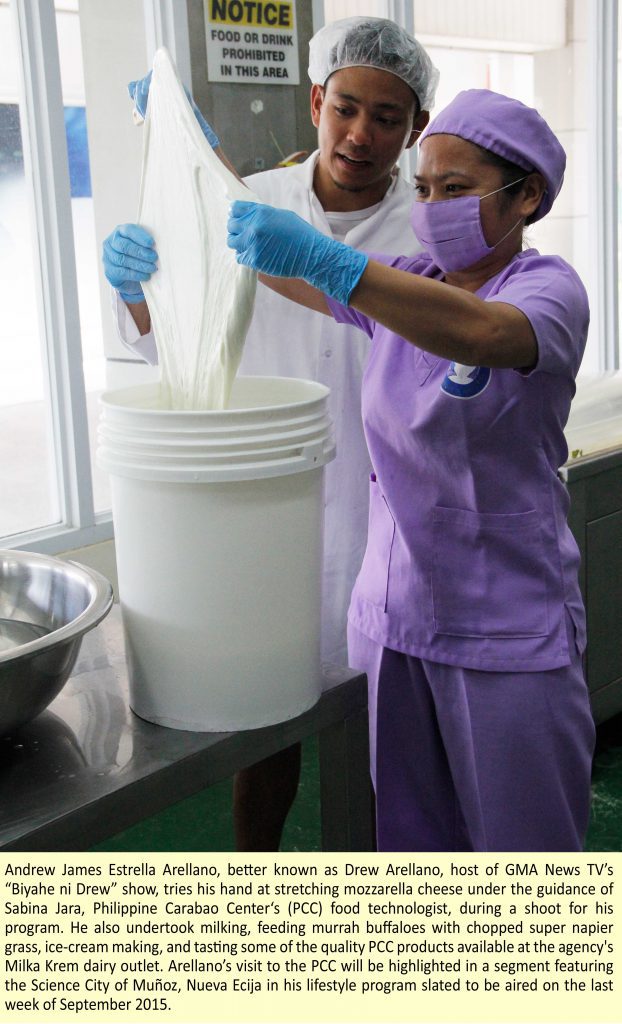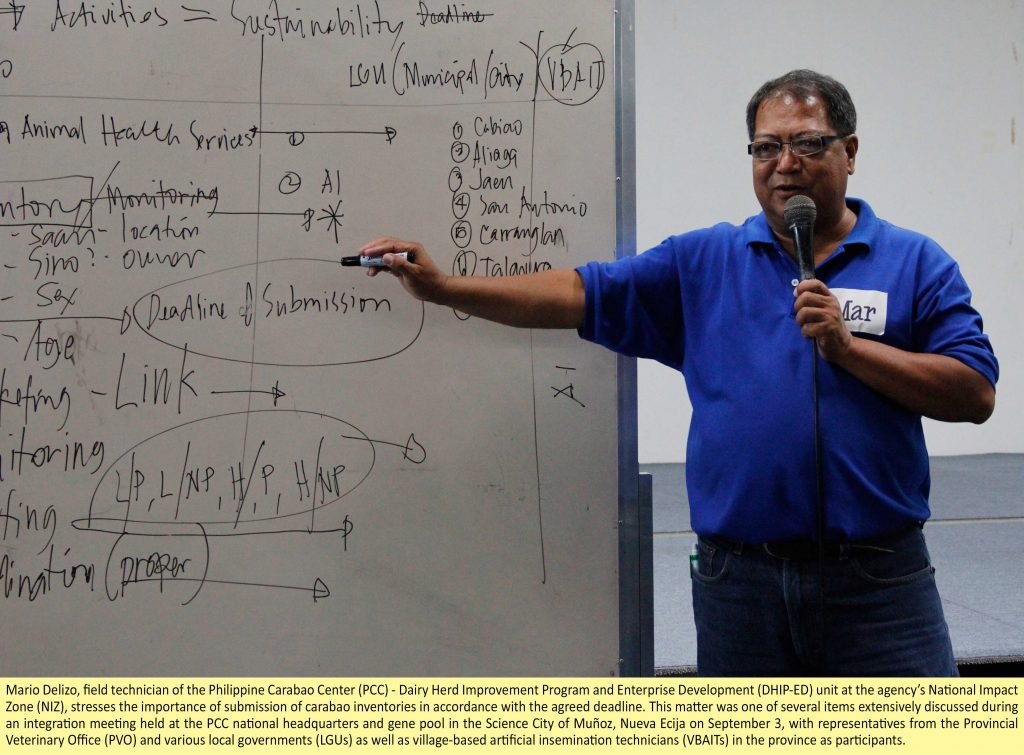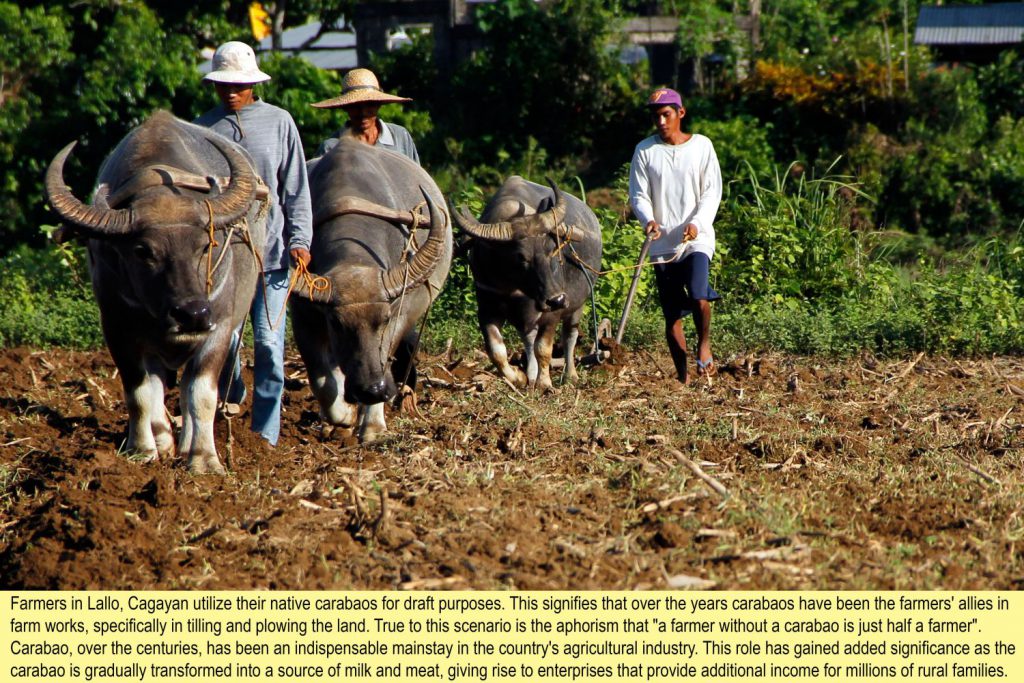From “beast of burden” to “beast of fortune”, that’s how the carabao has evolved after centuries of neglect, near extinction, low-regard and playing second fiddle to farm machines.
To most farmers, the carabao is a mainstay in farm works. It is his tractable, reliable and uncomplaining ally in myriads of works in the field. It is also harnessed as the farmer’s steady power behind transport or cargo facilities, like the kariton (cart) and kareta (sled), in the rural
areas. No wonder the animal was dubbed “beast of burden”.
Without it, the farmer feels he is only half a farmer because he knows the carabao is a reliable partner that ungrudgingly helps him till the farm land with the use of the plow, pulverizes it with the use of the harrow, levels it with the use of wooden planks, and cultivates even difficult terrains in preparation to for the planting of crops season upon season.
The crops are mostly rice and, to some extent, corn, vegetables, sugarcane and tobacco.
After being dislodged off some of the most important farm works by small farm machineries, the carabao has not only made a successful comeback but has gained added significance to millions of farmers – thanks to the unflagging efforts of Filipino scientists, a government which paid unprecedented attention for its upgrading, and the men and women who are continuously working for its welfare. This animal now has a new-found importance, that of changing lives of people and of providing a source for the burgeoning of vibrant carabao-based enterprises in the country.
Leap in carabao’s milk contribution
“Over the years, we didn’t see the contribution of the carabaos in the local dairy production. But now, their contribution is 34% and still increasing,” Dr. Arnel del Barrio, acting PCC executive director, said.
The flow of milk comes from the upgraded draft-type to dairy breed-type of carabaos
Take the case of Andypoe Garcia, a farmer in Sitio Mapiña, Magalang, Pampanga who collects 14 liters of milk a day for three months from his crossbred carabao during peak period and seven to eight liters during the rest of the 10-month lactation period. He has more than 20 other dairy carabaos although they average a little less than his prized carabao.
He sells the milk in a sweets and pastries’ establishment in Angeles City at P80 a litter.
And there’s the nonpareil dairy farmer in Gen. Trias, Cavite, Francisco Solis, who used to deliver milk yield from his dairy animals using an owner-type jeep. Today he does the same chore – using a seven-figure van.
Solis, a dirt-poor farmer, used the money raised from his wedding gifts to buy one carabao in 1991. Over time he built a herd of 23 dairy carabaos and with it, a fortune that has so far enabled him to acquire four passenger jeepneys, an L-200 van, tricycles, hand tractors, threshers, a store and a bakery.
In San Jose City, Melchor Correa earns P2,500 a day for milking twice his six carabaos.
Correa heads a dairy cooperative which produces various milk products for sale to the public.
More than 50 dairy carabao cooperatives banded themselves into the “Nueva Ecija Federation of Dairy Carabao Cooperatives” (NEFEDCCO), which runs a milk processing plant in Talavera, Nueva Ecija. The plant earns a handsome annual income from the processing of the milk turned in by its member-coops into various milk products.
In most areas, the carabao’s milk has an ex-farmgate price of P50 to P60 a liter.
“In terms of carabao meat, our carabao slaughter rate was formerly 11% to-12% but it has gone up to 16%. On the other hand, the importation (of carabao’s meat) is not increasing although the demand is increasing and that means it is another big contribution of the carabaos to the country’s economy,” Del Barrio said.
He said a number of bigger projects to firm up the rise of the carabao as source for varied fortunes are pursued by the PCC. One of these is the implementation of the multiplier farm concept wherein 50 quality dairy carabaos are provided to qualified individuals or groups to further promote the advancement of the carabao development program.
“Under the agreement, these farms will provide all the inputs in tending the animals and turn-over their first offspring to the PCC. They are expected to put up viable enterprises from the milk they will collect from the animals and from the other offspring of the animals,” del Barrio said.
The first such farm has already been established in Javier town in Leyte, the second in a Tarlac town, he added.
Another project being pursued is the establishment of dairy carabao hubs in various parts of the country. These hubs, he said, promotes a well-oiled business chain involving the provision of credit, forage production, breeding, products development, promotion, marketing, and other aspects related to a robust dairy carabao business.
“For one, a forage industry for dairy carabaos must get going. We know that the dairy carabaos can turn out big flows of milk if they are fed well. As you can see, the farmers have limited resources for abundant supply of nutritional feed,” del Barrio pointed out.
He also said: “The day is not too far when we shall have produced our Philippine Dairy Buffalo breed which is comparable to the best water buffalo breed in the world.”
For sure, that Philippine Dairy Buffalo would be unique in the world as it is a “three-in-one carabao” – for milk, meat and draft power.
Swamp-type water buffalo
Written history indicated that the Philippines imported carabaos from China in the mid-1500. Theories, however, pointed out that in the country’s history, the first migrants to the country brought with them ancient flora and fauna. For the fauna they brought in, the commonly called “water buffalo” elsewhere in the world was among them.
This animal, according to published archeological findings, was domesticated some 7,000 years ago in the Chekiang province of China. It was of two types – the swamp buffalo and the riverine buffalo.
Both types have distinct and similar descriptions and characteristics. Their body anatomy is generally the same but their chromosomes differ – the riverine type with 50 and the swamp-type, 48. The riverine-type has a black body color and with curled horn while the swamp-type, dark gray and with horns that extend outward and curl backwards like in semi-circle form.
It was the swamp-type that was brought to the country which, by its nature, is excellent for its draft usability. The riverine-type, like those found in India, Pakistan, and in the Mediterranean areas, is for meat and milk.
On Philippine soil, this animal earned the unique name “carabao”. Recent studies on the lineage of the Philippine carabao indicated that it descended from the maternal line of the Chinese buffaloes.
The name carabao is surmised to have come from the Visayan or Cebuano word karabaw which was apparently from kerbau, the Malaysian and Indonesian local name for the water buffalo.
Recently, PCC officials agreed to adopt the name “kalabaw” or carabao in order not create confusion in promoting this animal. They noted that the farmers tended to refer to the native carabao as “kalabaw” and the upgraded and purebred dairy animal as “buffalo”.
Contribution in farm works
“The estimated value of the contributed draft power of the carabao is at US$ 1.48 million (Php21 billion),” said Dr. Libertado C. Cruz, former executive director of the Philippine Carabao Center (PCC), quoting a research study in 2002 said.
“This contribution was divided in the production of rice, corn, coconut, and sugarcane and some other crops in smaller values”, he added.
About 66 percent of the population the Philippines used the carabao for farm works based on that study, Cruz added.
Yet for all the significant role in Philippine agriculture and in supporting the lives of farmers and their families, the carabao’s existence suffered natural and man-occasioned misfortunes that almost wiped out its population more than a century ago.
In the early 1900, diseases, particularly rinderpest, swept through the animal’s population. As if conspiring to that ill-fortune, locust infestation damaged the vegetation that resulted in the poor dietary supply for the animal. Almost 90 percent of its population was wiped out because of the disease and the calamity.
The locust infestation, particularly, was viewed with alarm by foreign entities worrying about the economy and instability of the country. It thus merited prominence in one of the issues of the New York Times in the latter part of 1902. The paper’s story for the carabao’s adversity carried this headline: Dearth of Field Animals. Pest has Almost Exterminated Carabaos in the Philippines. Agriculture at a Standstill.
But like the resilient people and nation that we are, life moved on for the carabao. In time, its population increased.
During the last World War, however, another catastrophe befell on the carabao. Japanese officials suspected that the carabao was being used by the Filipino guerrillas for transporting weapons and goods in aiding American soldiers. The massacre of the carabao was ordered. Bullets found their marks on the hapless animal. All told, about two million carabaos were killed.
Their breed, too, suffered.
“The farmers, wanting to have bigger and sturdier animals, usually castrated the best of their bulls. As a result, lesser quality bulls were left for mating and for the propagation of their species,” Cruz said.
Their nutritional needs and health care likewise were not well-attended by the farmers, he added. Their offspring declined in size and weight. And their draft power too.
Saving the carabao
It was not all a lost cause for the carabao. In fact, significant developments took place in the last 42 years that eventually catapulted the carabao to new heights.
Filipino scientists took the cudgels for the improvement of the breed and proper care for the carabaos. Then the Philippine legislature passed a unique law that gave prominent attention for the improvement and propagation of this animal.
From a tiny step, that of including a study on the carabao’s breed, population and health under the beef-chevon research and development studies, developed bigger concerns for this animal.
“That was in 1973 when the then Philippine Council for Agricultural Resources Research (PCARR) undertook that step,” said Dr. Patricio Faylon, former executive director of the council, in his published account about the carabao’s development in the country.
Three years later, a Carabao Commodity Team was formed by PCARR and was allotted funds for its R&D efforts, he added.
Then in 1981, with a funding provided by the Food and Agriculture Organization-United Nations Development Program (FAO-UNDP), the “Strengthening of the Philippine Carabao Research and Development Center” was implemented.
The center, among others, was meant to strengthen institutional capabilities in the testing of the performance of crossbreds, which are the offspring of the crossing of the dairy-type buffalos with that of the native carabao.
In its terminal report a decade later, the center reported: “The farmers attested that the developed crossbreds possess relatively higher capacity to produce milk, better growth, and having more meat without lessening the animal’s draftability.”
It further cited in the report the following:
-
- the Murrah buffalo-Philippine carabao crosses (50:50) have relatively greater capacity to grow and produce milk than the native carabao
- at 24 months, the crossbred weighed 216.46 kilograms or 28 percent higher than the weight of the native carabao
- in terms of draftablity, there is no difference in performance between the native carabaos and Murrah grades, suggesting that the introduction of Murrah blood to improve the milk production does not have detrimental effect on the ability of the animal to perform work
- some crossbred calves were observed to weigh 34 kg at birth, the female, 26.65 kg. The male native carabao calves were 23.54 kg at birth, the female, 23.42 kg
- some matured crossbreds weighed 700 kg with the females having potentials of 10 to 12 liters of milk production per day.
But that was not all that the center spawned in so far as addressing the carabao’s improvement was concerned. A bill for the institutionalization of the carabao improvement program was filed in Congress authored principally by then Sen. Joseph Estrada. Subsequently, the “Philippine Carabao Act of 1992” (RA 7307) was passed which, among others, authorized the establishment of the Philippine Carabao Center (PCC) to “conserve, propagate, and promote the carabao as source of draft power, meat, and hide for the benefit of smallhold farmers.”
On March 27, 1993 the PCC was officially created as an attached agency of the Department of Agriculture. The PCC from then on embarked on a program of upgrading the farmers’ native carabaos through the oldest known biotechnology, artificial insemination (AI), and through bull loan program and modern reproductive biotechnologies.
“Your country has developed a unique water buffalo, a three-in-one carabao. It produces more milk, it’s heavier and meatier, and it still retains its draft ability,” Dr. Surendra Ranjhan, a former FAO consultant and chief technical adviser of the UNDP, said in an interview when he visited PCC in 2014.
The economic life of the farmers raising dairy carabaos have improved a lot, Ranjhan added.
“They not only vastly improved their houses, bought farm machines and motorcycles, but were able to send their children to college,” he said.

